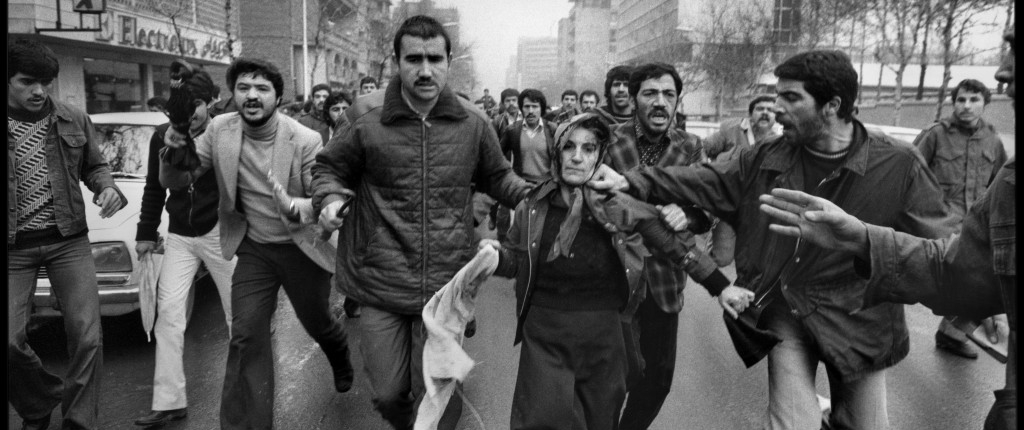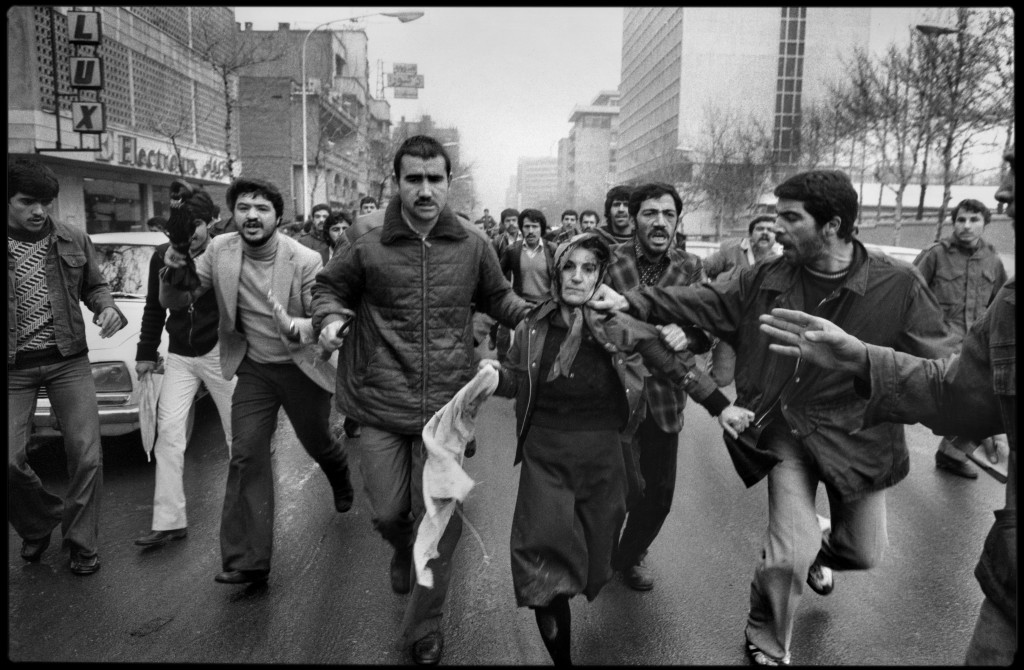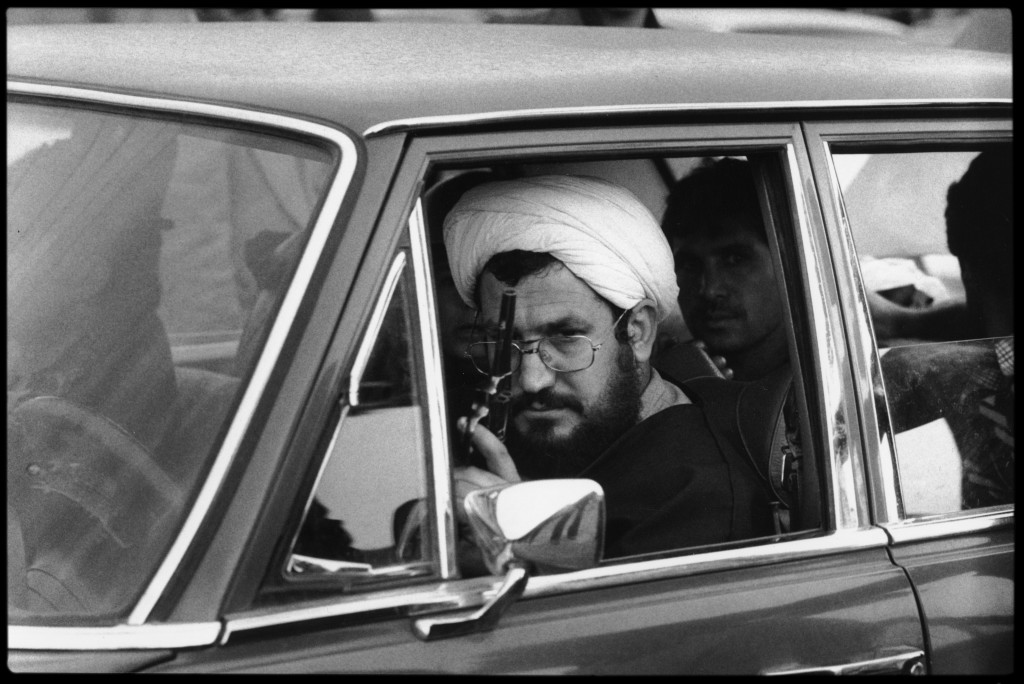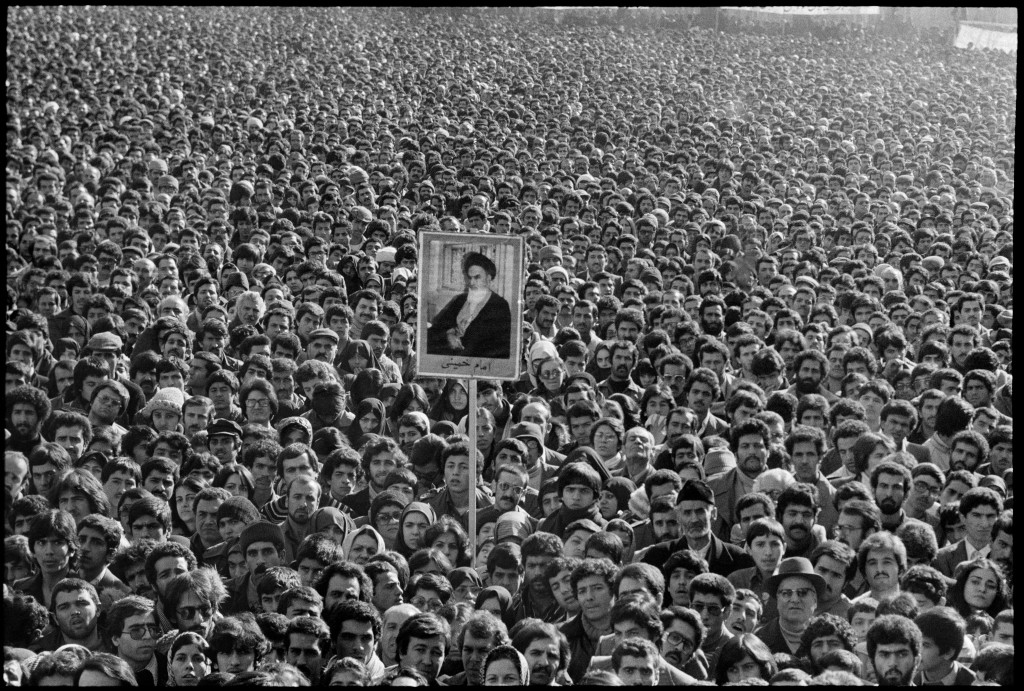Location: Palazzo Ducale, Cortile Carrara, 1
ABBAS – THE IRANIAN REVOLUTION 1979
curated by Enrico Stefanelli
in cooperation with Magnum Photos
By overthrowing one of the world’s oldest monarchies in 1979, Iranians won the modern world’s first Islamic revolution. At first, though, the uprising against the Shah was powered more by the people’s hunger for democracy than the mullahs’ religious fundamentalism. As in many revolutions, extremist maneuvered for control after the Iranians’ common enemy was gone. Iran’s popular movement for democracy then lost out the theocrats. Iranian has tried to build a democracy before, peacefully, at the ballot box, only to have their freedom to choose who governed them snatched away by American and British subterfuge.
Prime Minister Mahammad Mossadegh thought it was morally, and economically, wrong for Britain to control Iran’s oil through the Anglo-Iranian Oil Company, mostly owned by the British government. He moved to nationalize the oil industry with almost unanimous support from the Iranian Parliament in 1951. With backing from Britain’s MI6, the US Central Intelligence Agency plotted to bring down Mossadegh in a coup that transformed Mohammad Reza Shah Pahlavi from a weak, constitutional monarch into a brutal autocrat.
Prodded by the CIA, the Shah tried to sidestep Parliament and dismiss Mossadegh, with the aid of a military coup. A CIA-orchestrated psy-ops campaign turned to screws on Mossadegh with propaganda painting him as a Communist and royalist street mobs shouting for his removal. But the CIA bungled the coup. Mossadegh stood his ground. The Shah fled to Rome.
So the Americans, acting against the Cold War straw man a Communist threat to control Iran, regrouped and pressed Iran’s military to try again. The ruse worked. Iran’s democratically elected government fell on August 19, 1953. The prime minister was arrested and a military court found him guilty of treason.
That sorry episode set the stage for revolution twenty-seven years later, when the world watched enraged Iranian students displaying once-secret CIA files at the seized US Embassy, after they blindfolded and bound sixty-six captive in the compound. The revolution’s leader, Ayatollah Ruhollah Khomeini, had tried to assure a foreign audience that Iran’s clerics were not interested in ruling the country. “Our intention is not that religious leaders should themselves administer the state,” Khomeini told Le Monde soon before returning from exile in France to lead the revolution in its final days. There was flickering hope, it seemed, for Iranian democracy. Extremists soon snuffed it out and Iranians are still struggling to regain the freedom stolen from the in 1953.






 © Ali Zanjani
© Ali Zanjani © NASA Archive
© NASA Archive